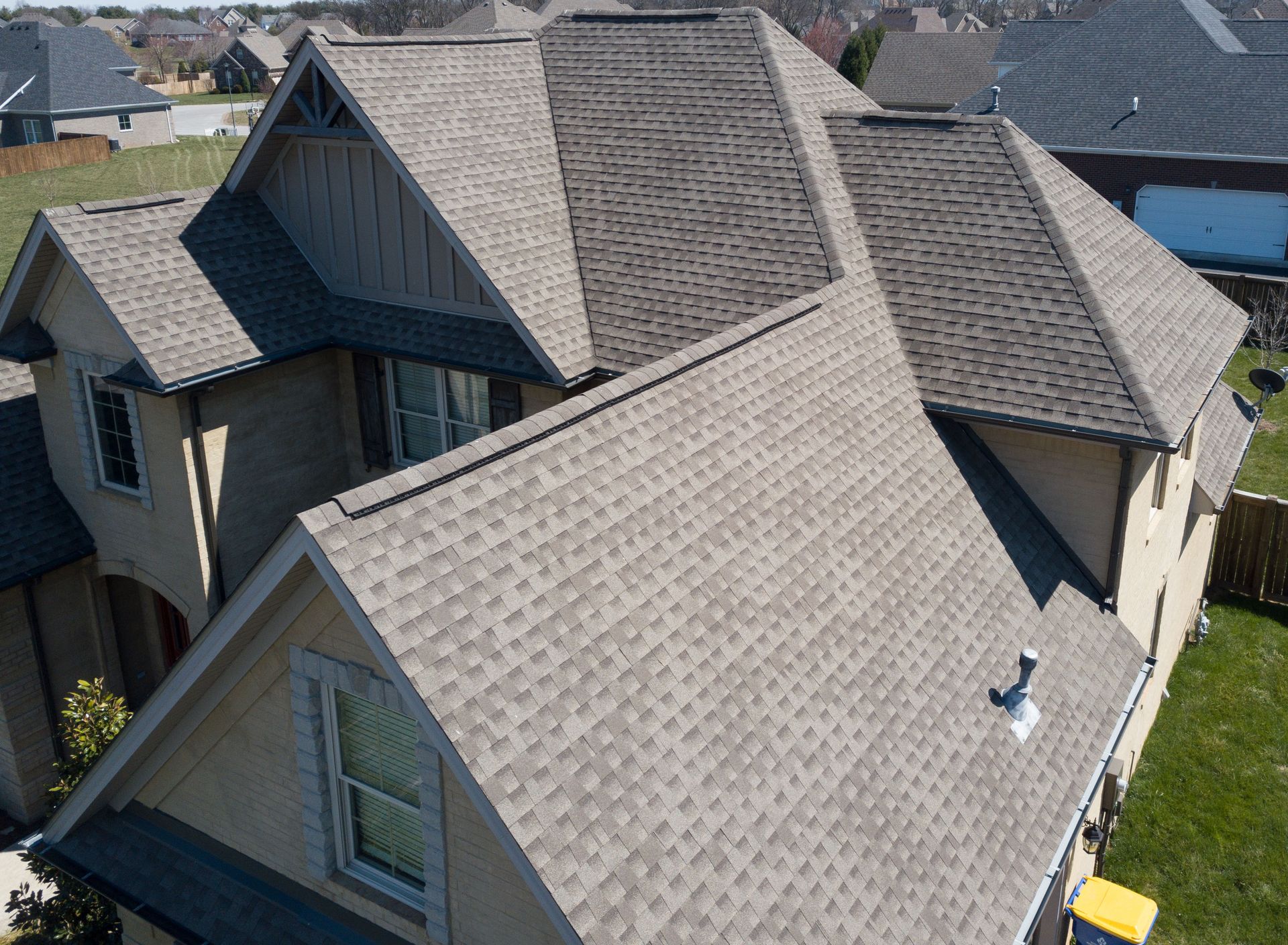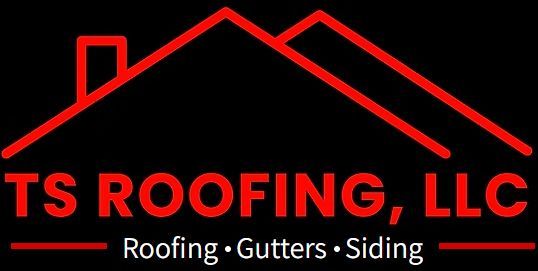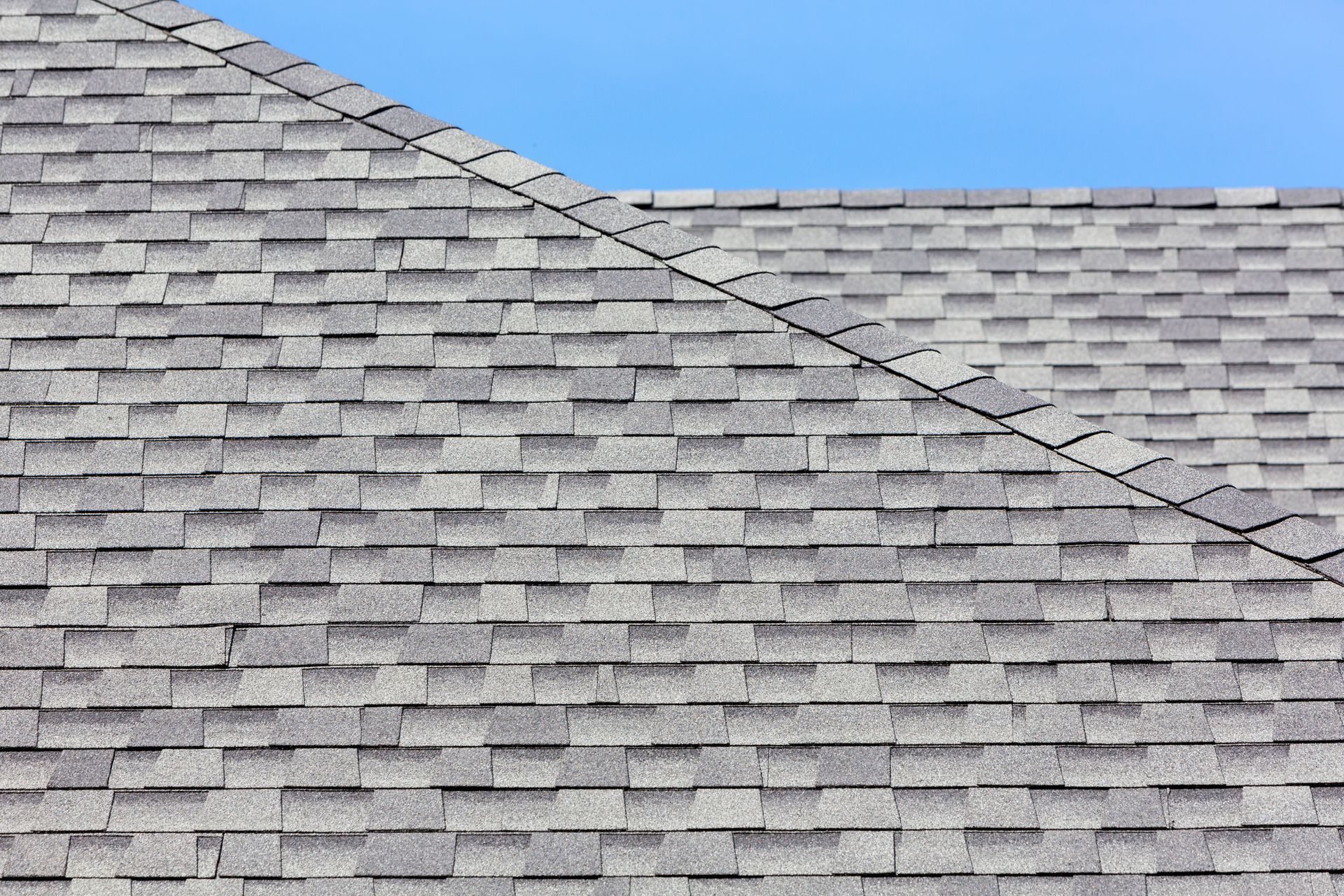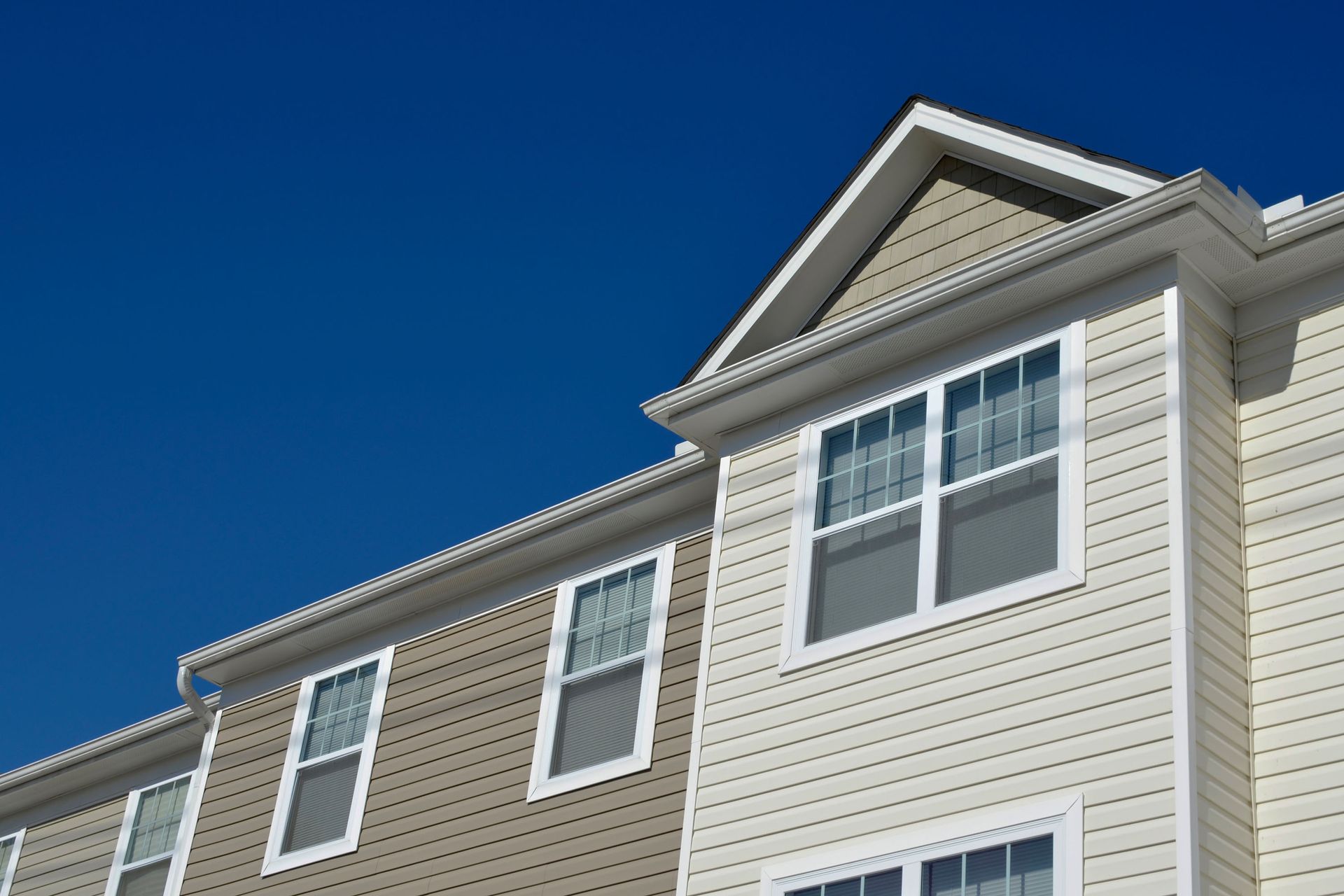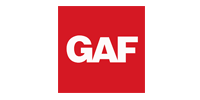October 5, 2025
Roofing is an essential part of any structure, offering protection from harsh weather while also supporting overall energy efficiency. A trusted roofing company can help identify issues early, saving property owners from costly repairs and preventing serious damage to both the interior and exterior of a building. With professional inspections and the right expertise, potential problems can be detected before they escalate into major concerns. By partnering with a roofing company for regular maintenance, property owners take a proactive step toward ensuring long-term durability and safety.
1. Preventing Leaks and Moisture Intrusion
Roof leaks often originate from a variety of sources, including cracked flashing, broken shingles, and poorly sealed roof vents. Weather conditions, such as heavy rain, snow, and wind, can exacerbate these vulnerabilities, leading to moisture intrusion. Inadequate roofing materials or poor installation techniques can also contribute to the problem, shortening the roof's lifespan. Moreover, natural wear and tear over time can result in minor damages that, if left unaddressed, may lead to significant leaks.
Early signs of moisture intrusion often include water stains on ceilings, damp insulation, and visible mold or mildew in the attic. These indicators suggest that water is seeping through compromised roofing systems and making its way into the building’s interior. Buckling shingles or the appearance of moss and algae on the roof may also point to hidden moisture issues. By contacting a professional roofing company as soon as these signs appear, property owners can take corrective action before structural damage becomes severe.
Preventing roof leaks requires a combination of regular maintenance, timely repairs, and the use of high-quality roofing materials. Fixing small leaks and replacing damaged shingles promptly can prevent more extensive damage later. Installing proper ventilation and insulation also helps to maintain the roof's health by reducing moisture accumulation and temperature extremes. Additionally, professional cleaning to remove debris, such as leaves and dirt, can prevent water pooling and damage.
2. Repairing and Replacing Damaged Shingles
Shingles are prone to several forms of damage, including cracking, curling, and granule loss, all of which can compromise a roof’s integrity. Cracked shingles often occur due to impacts or bending during severe weather events, leaving the surface vulnerable. Curling happens when moisture absorption or improper installation causes shingles to warp, reducing their ability to protect the structure. A trusted roofing company can also identify granule loss, where the protective coating wears away and exposes the asphalt layer to UV rays and harsh weather conditions.
Visible indicators of shingle damage include curling edges, missing shingles, and the presence of shingle debris in gutters. Dark patches on the roof may indicate exposed asphalt, while excessive granules in gutters signal granule loss. Homeowners can perform visual inspections from ground level, looking for irregular patterns, color changes, and uneven areas. However, detailed assessments should be conducted by professionals equipped to safely evaluate rooftop conditions.
Deciding between repairing or replacing shingles depends on the extent and cause of the damage. Minor issues, like a few missing shingles or small areas of granule loss, can often be repaired cost-effectively. However, widespread damage or age-related wear might necessitate a full replacement to ensure proper protection. According to Today's Homeowner, if a roof is under 15 years old, it likely has plenty of life left, making repair the more sensible option.
3. Improving Roof Ventilation
Poor roof ventilation commonly results from blocked, inadequate, or improperly installed vents. An insufficient number of intake and exhaust vents can lead to air circulation issues, causing heat and moisture build-up. Debris or insulation blocking vents further hinders airflow, exacerbating the ventilation problems. Additionally, aging roof structures might not comply with current air circulation standards, warranting updates.
Inadequate roof ventilation impacts a building's energy efficiency, often resulting in increased utility costs. Heat accumulation in the attic can intensify cooling demands in the home, overloading HVAC systems during warm seasons. Conversely, poor ventilation allows moisture build-up, leading to insulation deterioration and reduced heating efficiency in colder months. These factors culminate in higher energy consumption and costs.
Signs of poor roof ventilation often include uneven temperatures throughout the home, ice dams forming in winter, and an attic that becomes excessively warm in the summer. Other warning indicators may involve moisture buildup, visible mold growth, or a musty odor that points to inadequate airflow. A professional roofing company can perform regular inspections with diagnostic tools to accurately detect ventilation inefficiencies. Through these systematic assessments, homeowners gain a clearer understanding of their roof’s ventilation status and the improvements needed to protect their property.
4. Addressing Flashing Failures
Flashing is a vital component of roofing systems, designed to direct water away from critical areas such as valleys, chimneys, and skylights. Crafted from materials like metal, plastic, or rubber, it forms a waterproof barrier between roofing sections and vulnerable junctions. Its primary function is to prevent water penetration and consequent structural damage at these joints. Proper installation of flashing is essential to ensure its efficacy in protecting the roof's integrity.
Indicators of flashing problems include visible rust, cracks, or loosened segments at the junctions they protect. Water stains or leaks near chimneys, skylights, and roof valleys often signify compromised flashing. Additionally, wind-driven rain can lift or displace flashing, causing gaps that may lead to water ingress. Fungal growth or unexplained draftiness inside the building might also indicate flashing issues.
Repairing flashing usually requires resealing loose sections, replacing damaged areas, and addressing issues such as rust or corrosion. A professional roofing company will often use high-quality sealants to repair small leaks and keep the flashing securely in place, preventing future water penetration. In cases where rust or deterioration has severely weakened the material, a full replacement is the best solution to restore protection. For long-lasting results, the roofing company may also reinforce the existing flashing with additional barriers to improve its waterproofing performance.
5. Maintaining Functional Gutters
Functional gutters are essential for directing water away from a building's foundation, preventing soil erosion and basement flooding. They play a crucial role in preserving the structural integrity by averting water accumulation around the foundation. Properly maintained gutters also protect the roof, fascia, and siding from water damage, helping to extend their lifespan. Neglecting gutter maintenance can lead to clogs, overflows, and ice dams, exacerbating roof and structural problems.
Gutter problems often arise from clogs, sagging, leaks, and improper pitch. Clogs occur when debris, such as leaves, twigs, and dirt, accumulates in gutters, blocking water flow. Sagging results from the excessive weight of debris and water, potentially pulling gutters away from the fascia. Leaks can develop from seam splits or corrosion, allowing water to escape before reaching downspouts. Improper pitch affects water drainage speed, causing pooling and overflow.
Signs of clogged gutters include water spilling over the sides, visible sagging, and water stains on the exterior walls. Overflow during rainfall indicates improper drainage, leading to potential erosion and basement flooding. Accumulated debris along the edge of the roof or in gutter channels often signifies blockage. Observing these indicators allows homeowners to take corrective measures before clogs lead to significant water damage.
Maintaining a strong and reliable roof requires proactive care, timely repairs, and the expertise of professionals. Partnering with a trusted roofing company ensures that issues such as leaks, damaged shingles, poor ventilation, flashing failures, and gutter problems are addressed before they escalate into costly damage. By investing in regular inspections and maintenance, property owners can protect their buildings, improve energy efficiency, and extend the lifespan of their roofs. Get in touch with TS Roofing, LLC for your roofing solutions.
